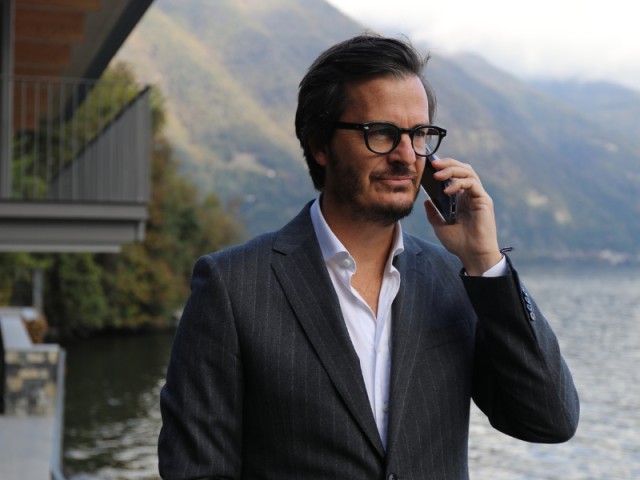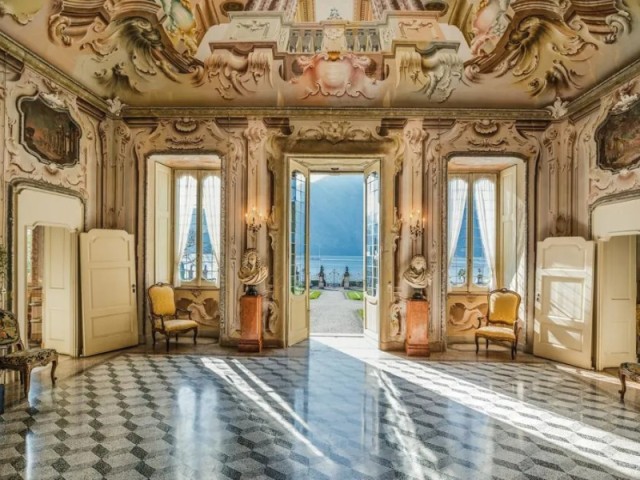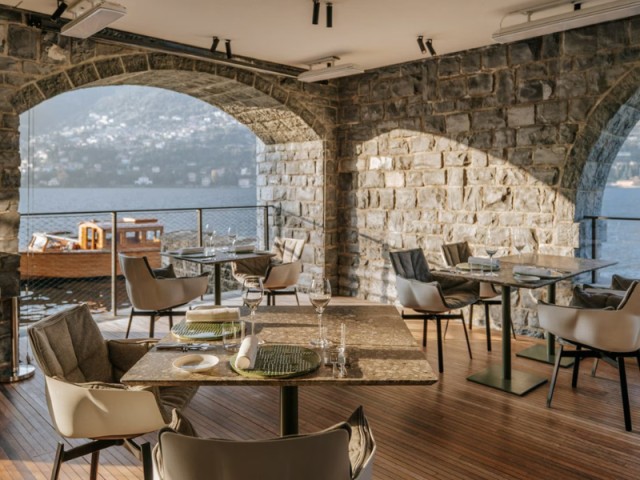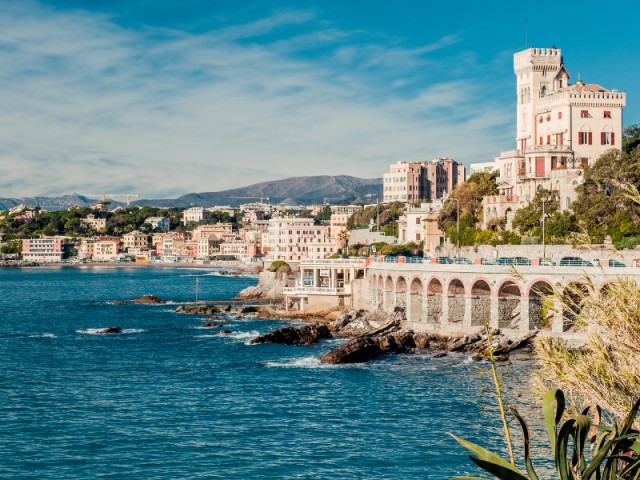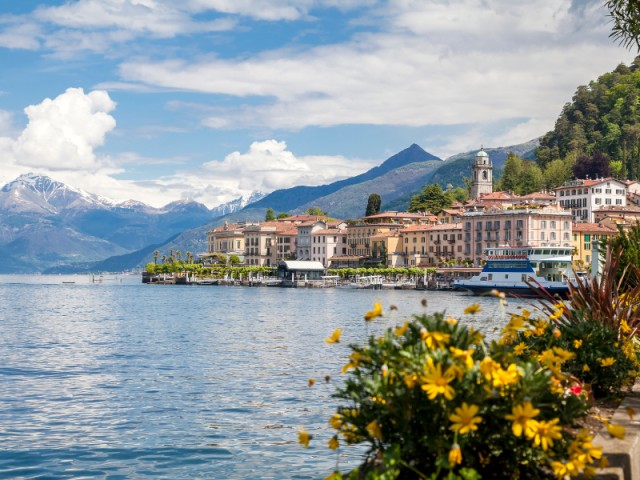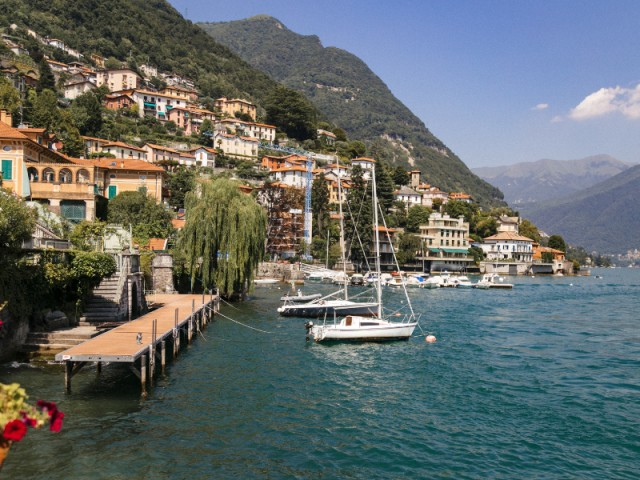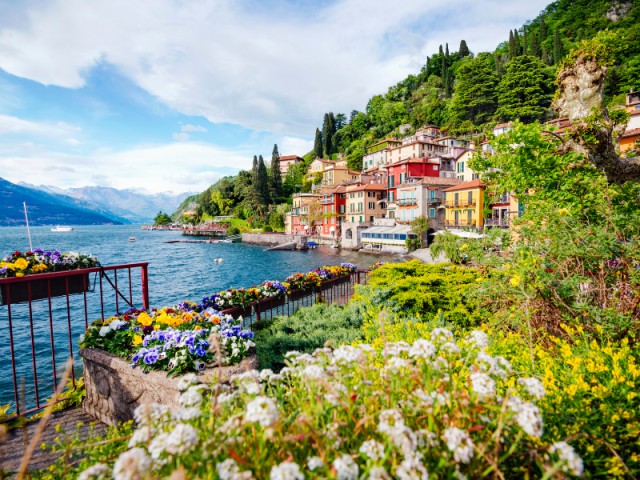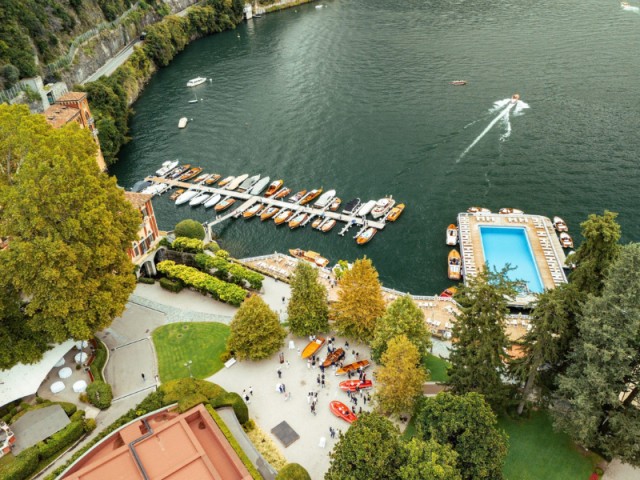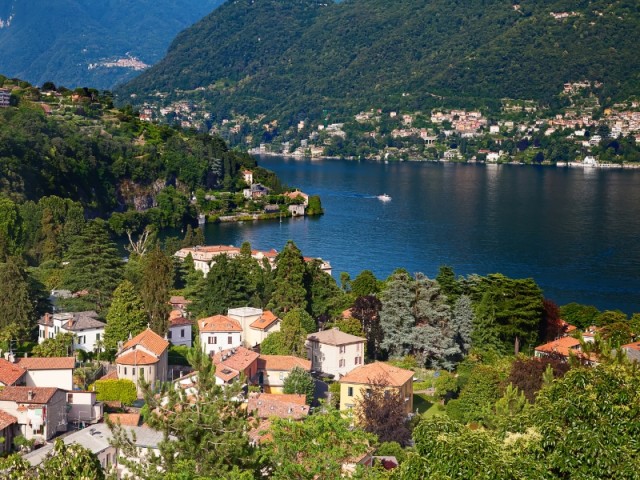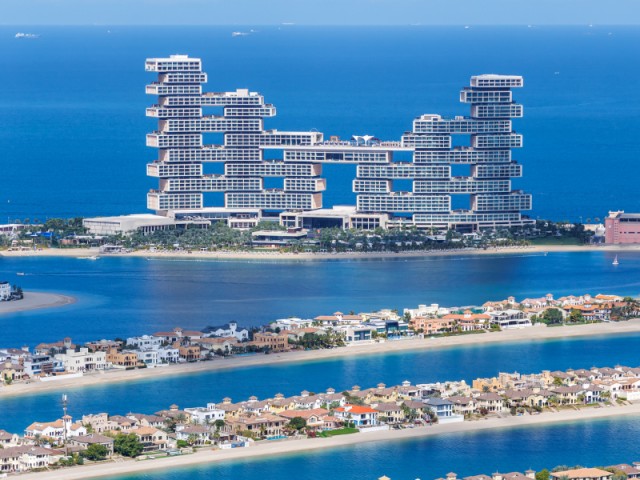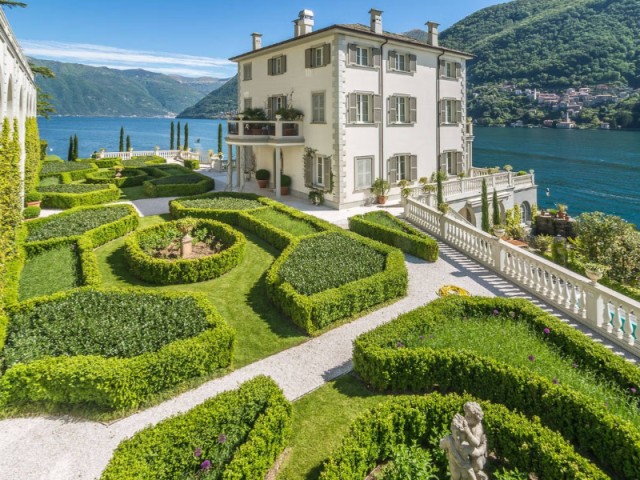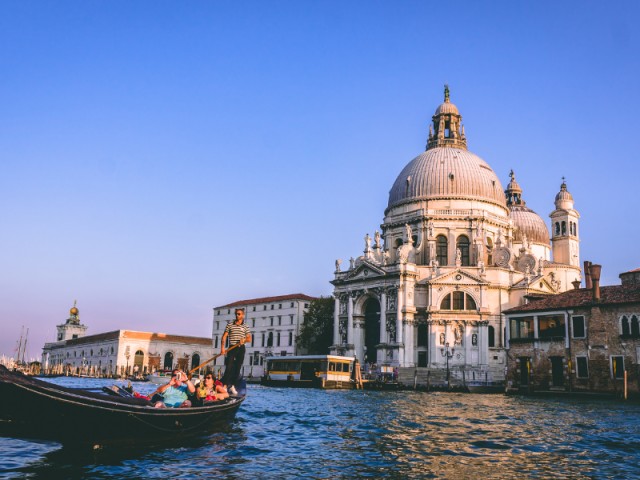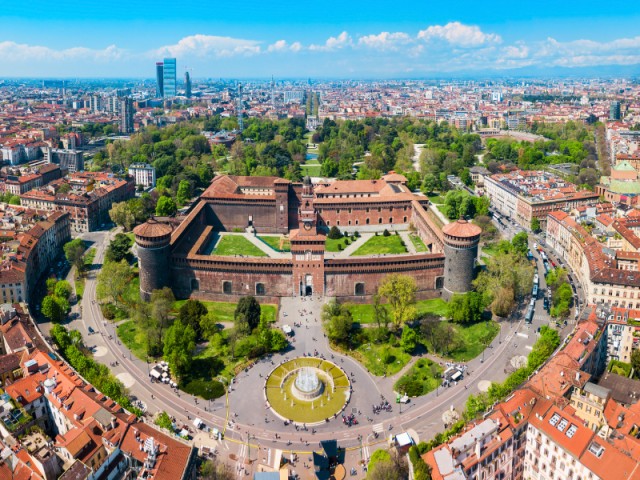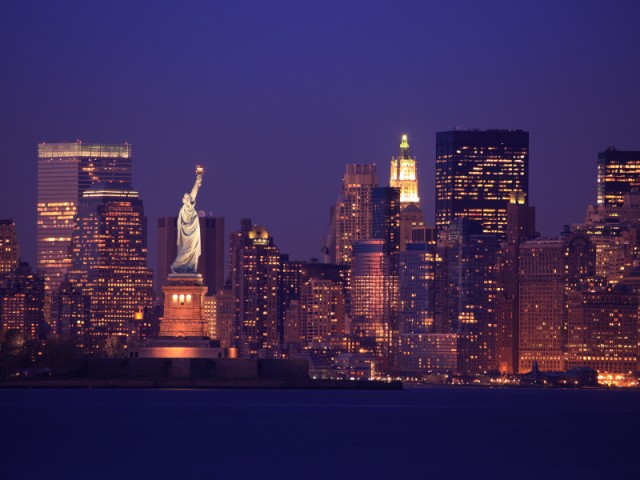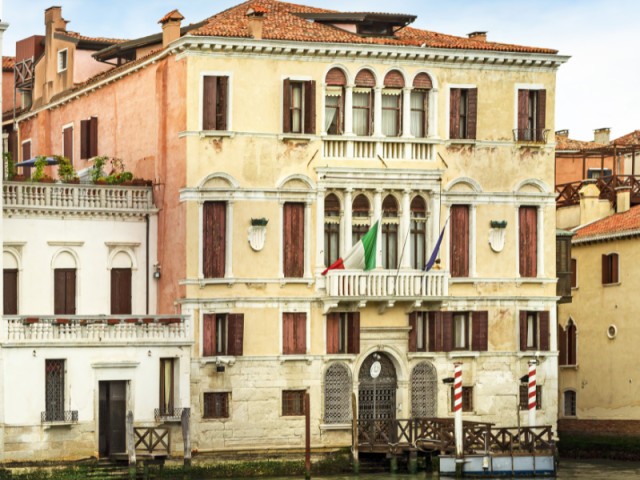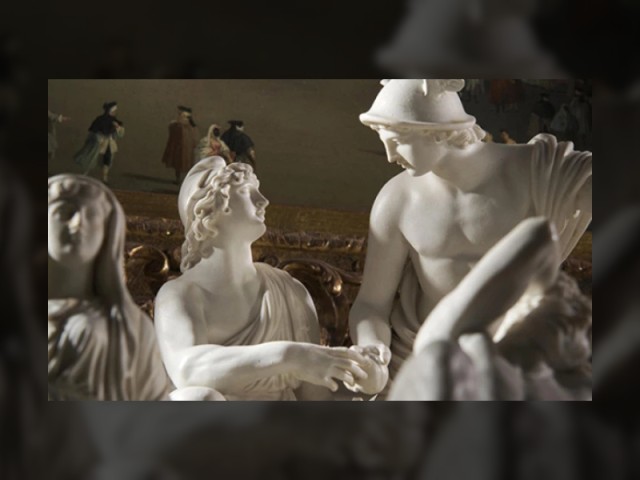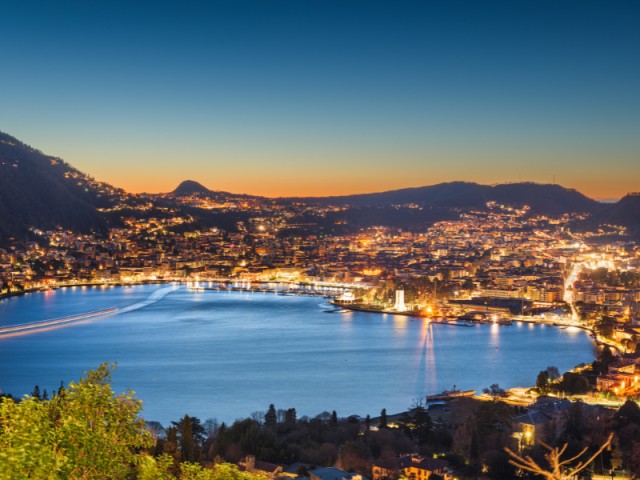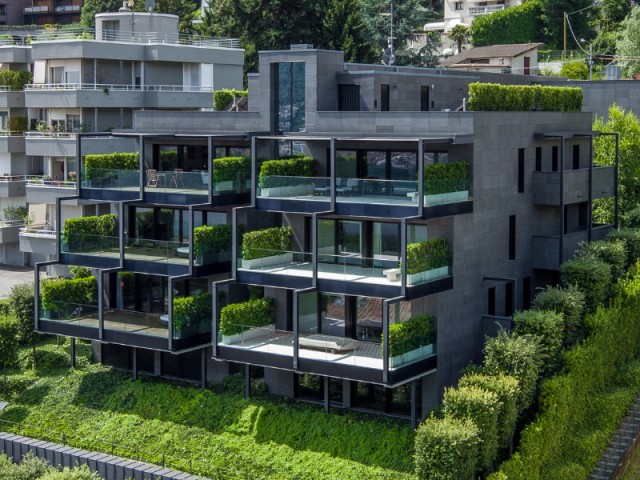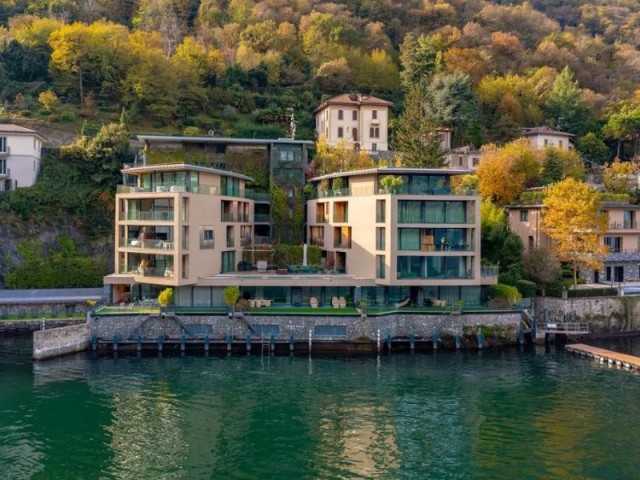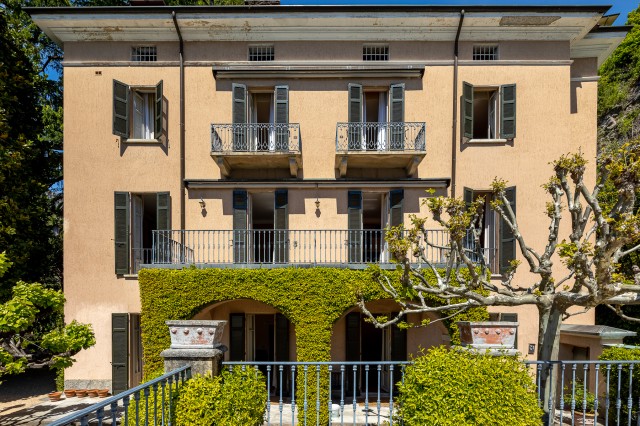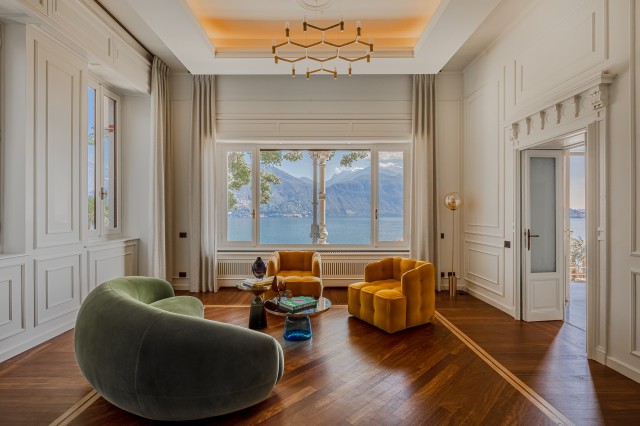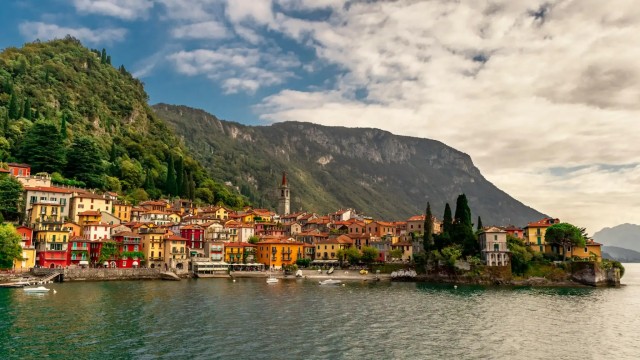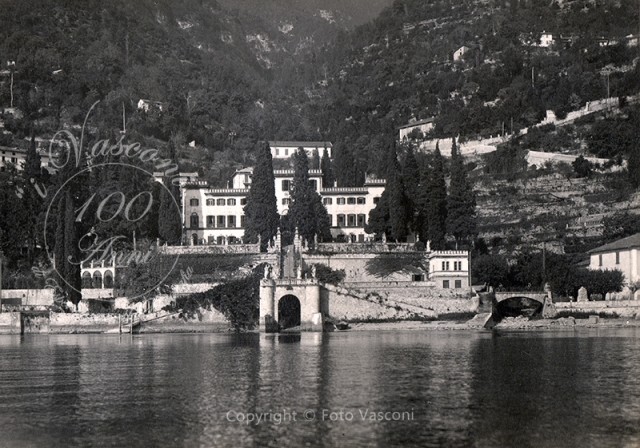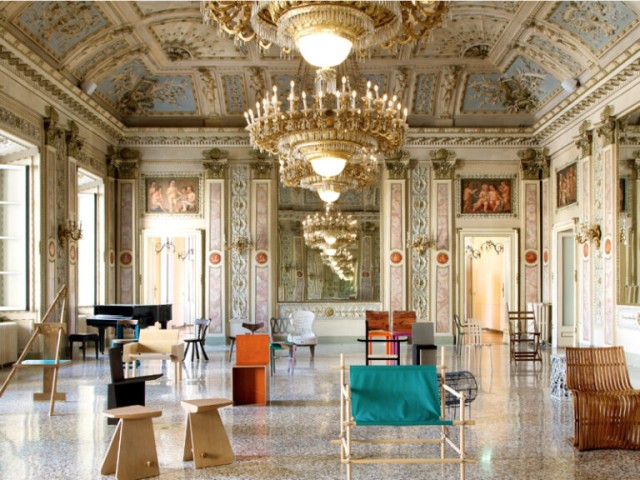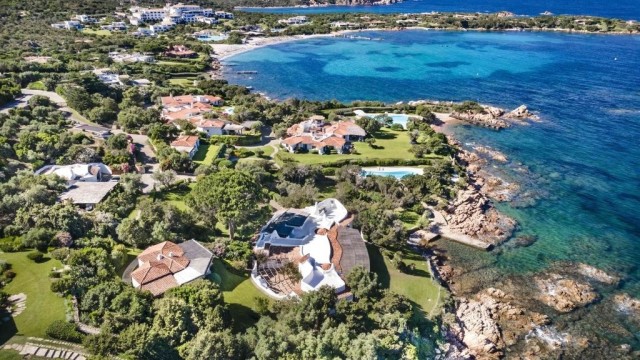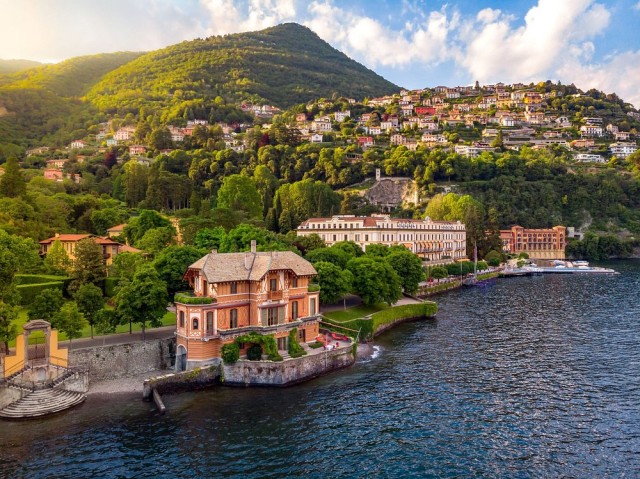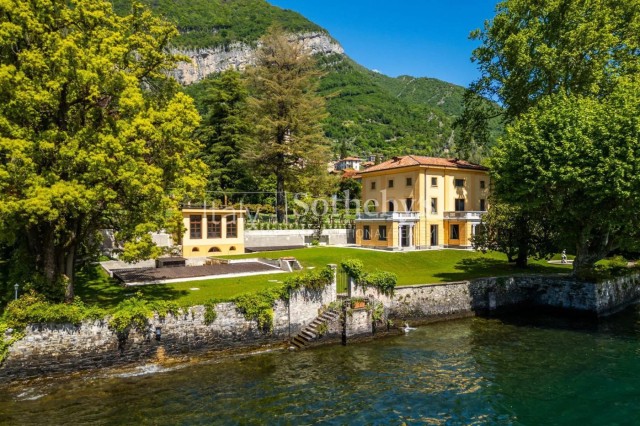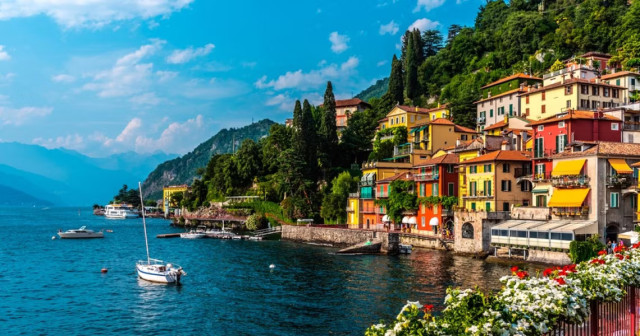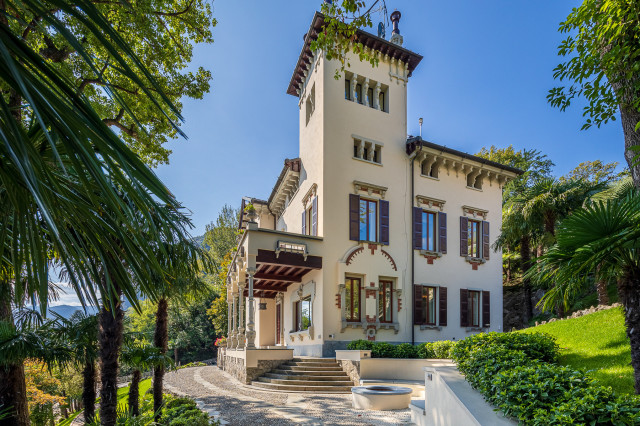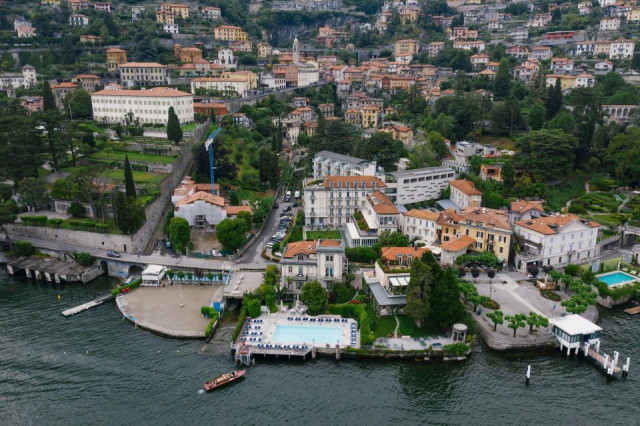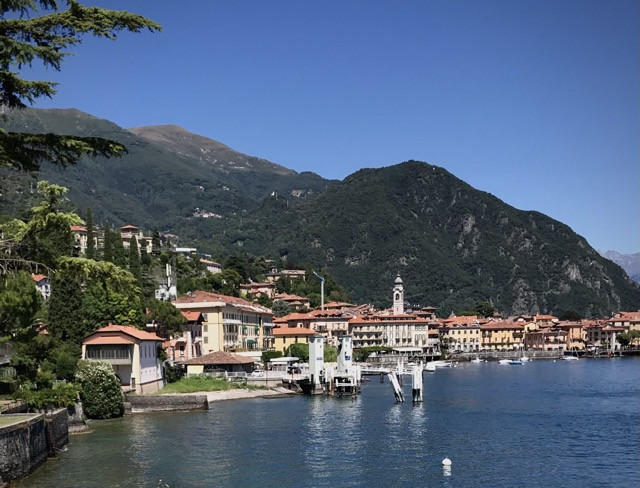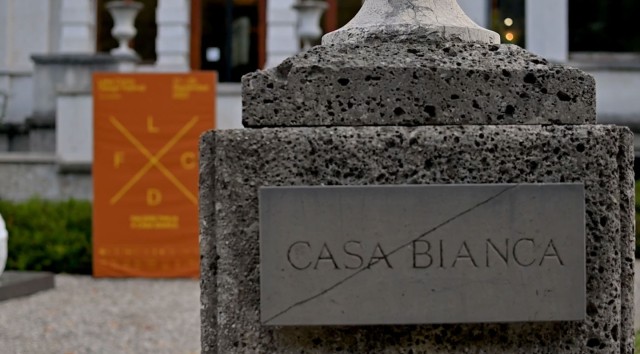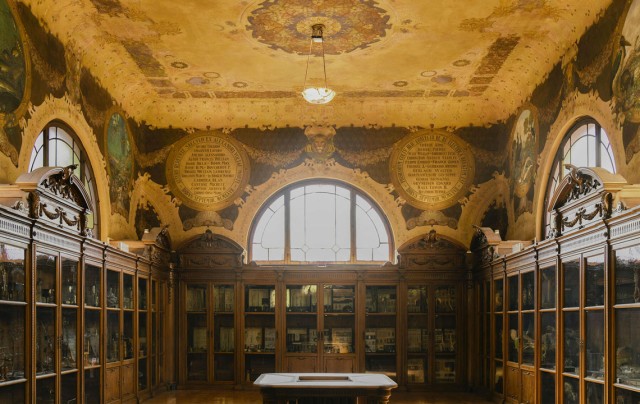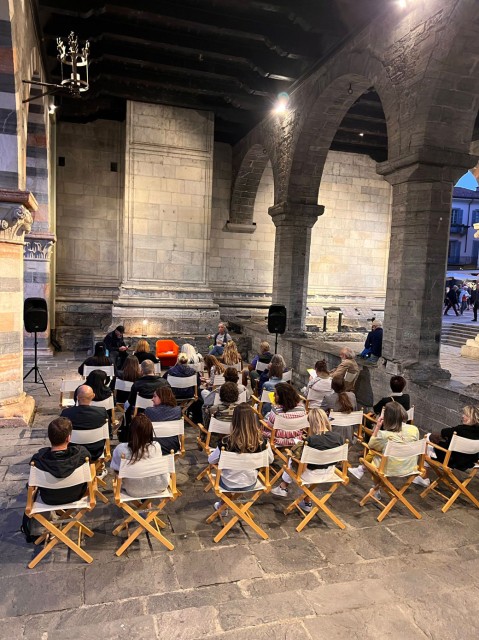
al numero 02403852508
Copyright © 2026 Diego Antinolo
All Rights Reserved
Venice, the timeless city of canals and captivating history, continues to surprise. A recent event sparked debate beyond the art world: the "innovative" removal and restoration of Banksy's "Migrant Child" mural from a 17th-century palazzo in the Santa Croce district. For me, invested in Italy's blend of heritage and future, this presents a compelling situation.
The "Migrant Child," an image of a child in a life vest holding a flare, appeared in 2019 near the canal. It quickly became a known site, one of only two Banksy works in Italy. For six years, it served as a public comment on the global refugee crisis. But Venice's elements, water and salt, are harsh on exposed art. The mural began to fade, with about a third of the work deteriorating.
A Bold Intervention and a Deeper Question
The intervention was indeed "innovative," as described by Banca Ifis, the palazzo's owner and financier of the operation. Restorers, working with an unprecedented technique in Italy, carefully cut out the section of wall bearing the mural. This slab is now destined for meticulous restoration under the expert eye of Federico Borgogni, a conservator known for similar challenging Banksy projects. The bank's intention is to display the restored work as part of free cultural events, transforming the palazzo into a contemporary art exhibition space "in synergy with the Venice Biennale."
My immediate thought, as someone who values both art and preservation, is one of qualified approval. On one hand, street art, by its very nature, is often impermanent. Banksy himself has created works destined to decay or be destroyed, as part of their message. To forcibly preserve it, to lift it from its original context, does indeed challenge the artist's potential intent. There's a certain beauty in allowing such art to complete its natural lifecycle, to become a ghost on a wall as its message slowly fades into memory, perhaps to re-emerge in new forms.
However, the "Migrant Child" is not just any street art. It is a powerful, globally recognized piece by an artist of immense cultural significance, addressing a critical humanitarian issue. To lose it entirely to the elements would be a significant loss to contemporary art and public discourse. The decision by Italy's Ministry of Culture in 2023 to support its restoration, despite debates over its eligibility for state protection (typically for works over 70 years old by deceased artists), underscores this recognition of its unique value. This move by Banca Ifis is, in essence, a declaration that some contemporary public art deserves the same preservation efforts traditionally afforded to ancient frescoes.
The Art of Investment: A Real Estate Reflection
This situation holds profound implications for Italy's real estate landscape, particularly in historic and culturally rich cities like Venice.
- Cultural Assets Elevate Property Value: Banca Ifis's investment in preserving and displaying art within a palazzo creates a unique cultural asset. This cultural anchoring significantly enhances desirability and perceived value for luxury real estate, even for neighboring properties.
- Modern Palazzos as Cultural Hubs: Transforming Palazzo San Pantalon into an art exhibition space with the Venice Biennale strategically taps into a global art audience. This trend converts historic buildings into dynamic cultural destinations, appealing to sophisticated buyers seeking experience and legacy, not just space.
- Preservation as a Long-Term Investment: The innovative Banksy removal highlights advancements in heritage preservation. Italy's historic properties benefit from such methods, allowing ancient structures to be restored and adapted with technology and art. This commitment to longevity strongly appeals to long-term real estate investors, ensuring Italian architecture endures while serving new purposes.
In Italy, real estate is rarely just about bricks and mortar; it's about history, culture, and a way of life. The Banksy "Migrant Child" restoration is a powerful reminder that the most valuable assets – be they a mural on a canal wall or a palazzo overlooking it – are those that adapt, evolve, and continue to tell stories, bridging the past with an exciting, culturally enriched future. This, to me, is the truest form of preservation, both for art and for the properties that house it.
